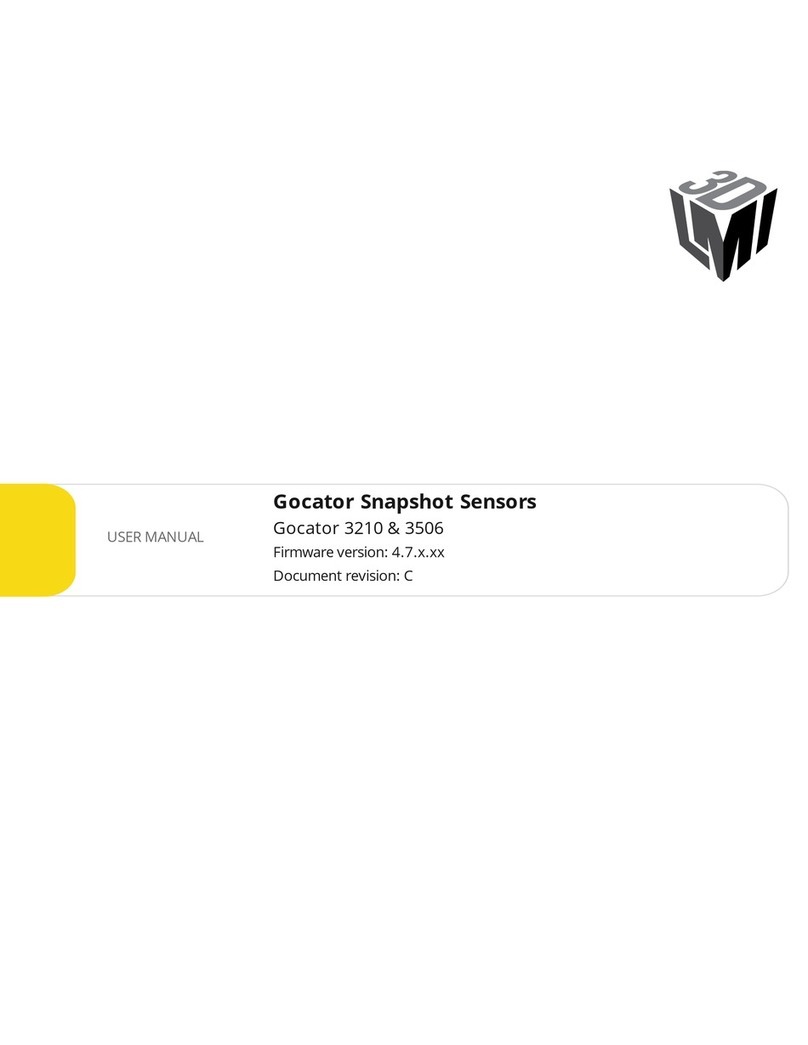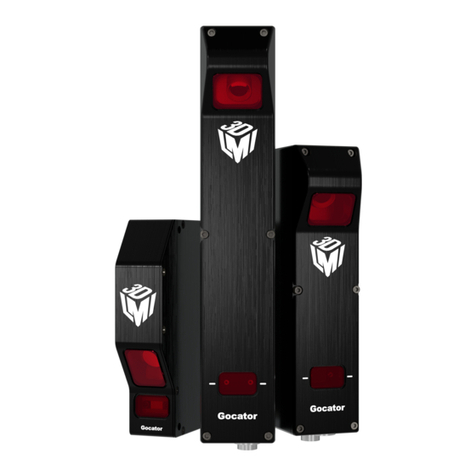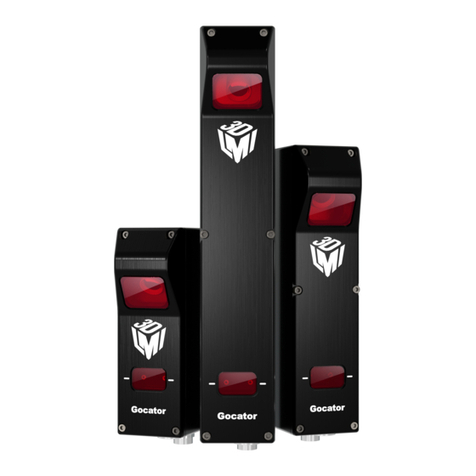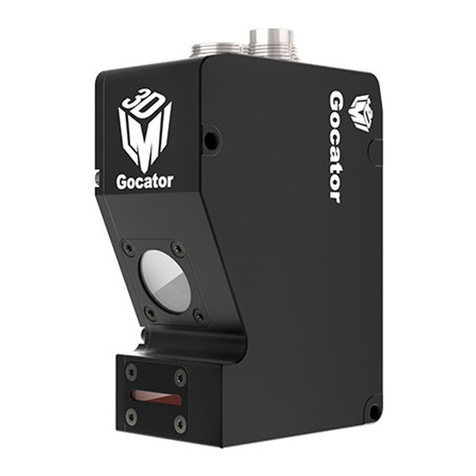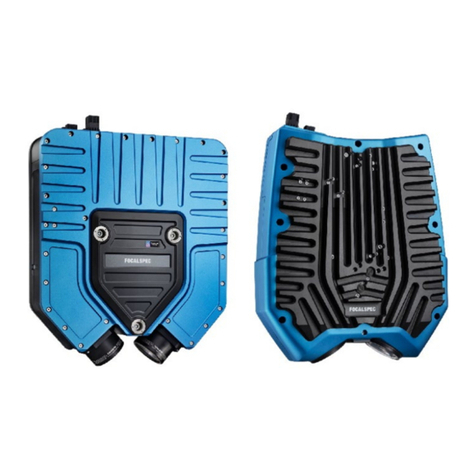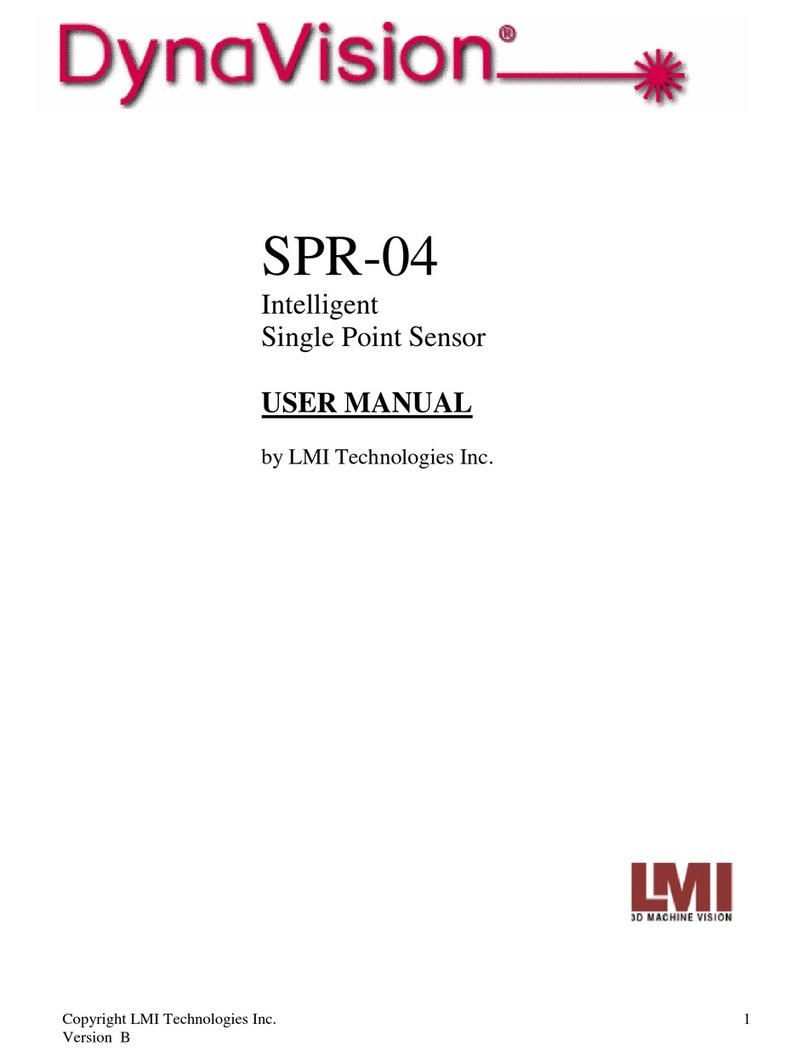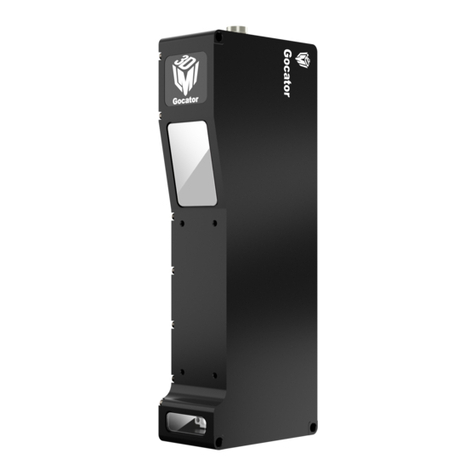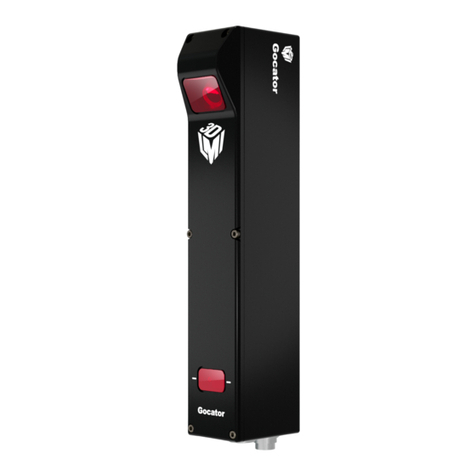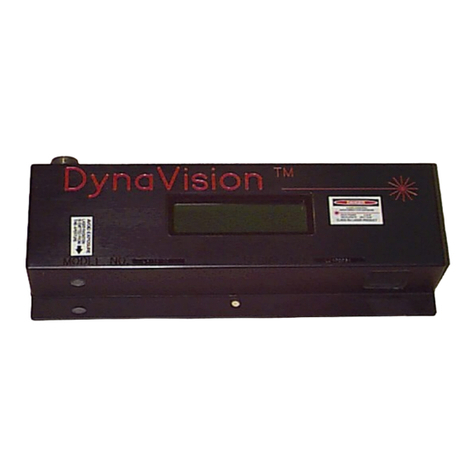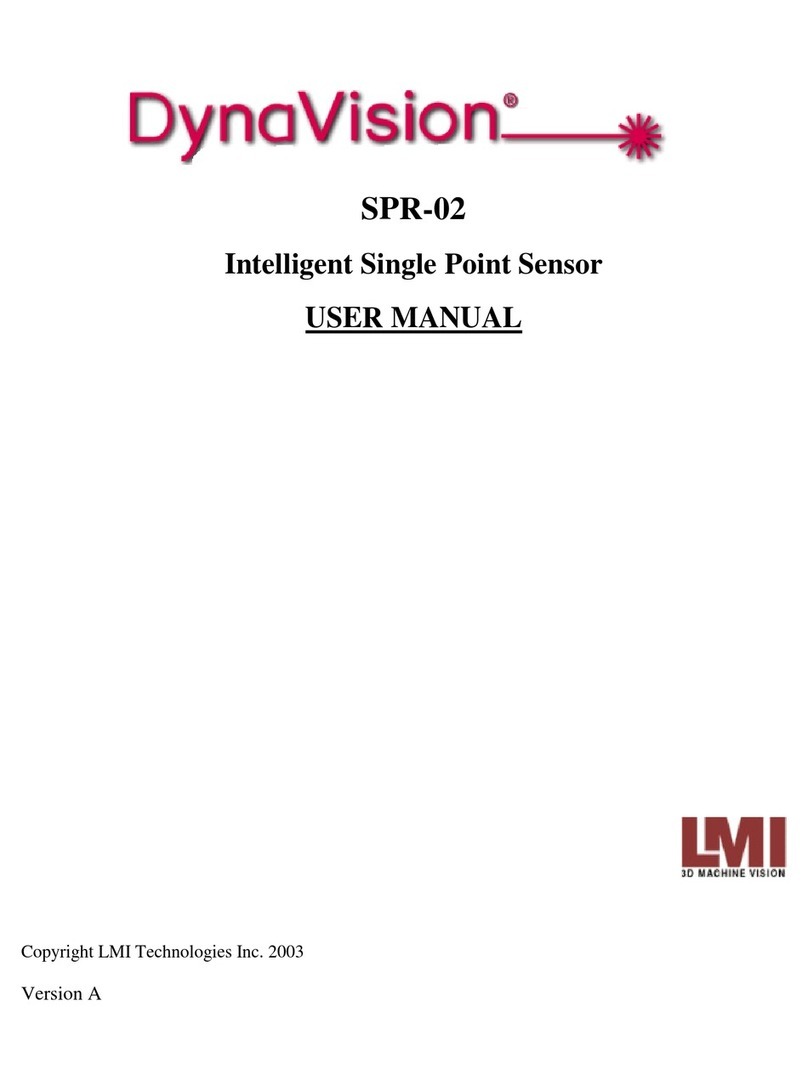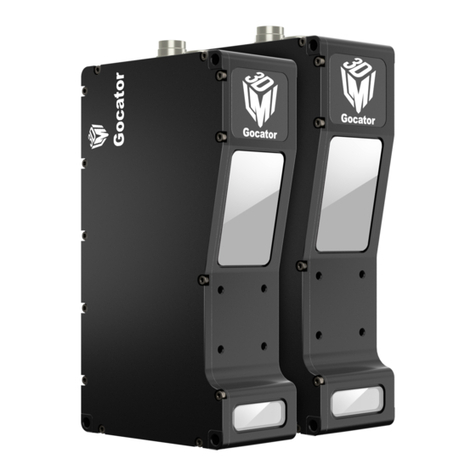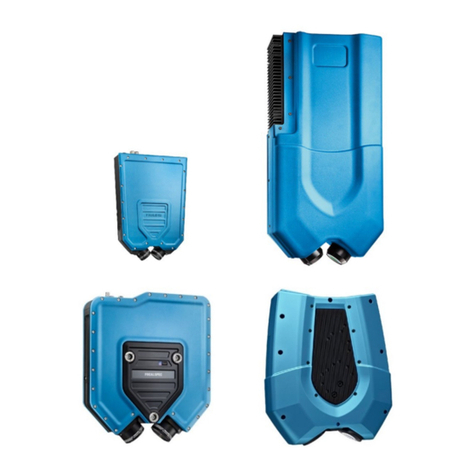
Gocator 2300 & 2880 Series 3
Table of Contents
Copyright 2
Table of Contents 3
Introduction 10
Safety and Maintenance 11
Laser Safety 11
Laser Classes 12
Precautions and Responsibilities 12
Class 3B Responsibilities 13
Nominal Ocular Hazard Distance (NOHD) 14
Systems Sold or Used in the USA 15
Electrical Safety 15
Environment and Lighting 16
Sensor Maintenance 17
Getting Started 18
System Overview 18
Standalone System 18
Dual-Sensor System 18
Multi-Sensor System 19
Hardware Overview 21
Gocator 2300 &2880 Sensor 21
Gocator 2300 &2880 Cordsets 21
Master 100 22
Master 400/800 23
Master 1200/2400 23
Calibration Targets 24
Installation 26
Grounding - Gocator 26
Recommended Grounding Practices - Cordsets 26
Grounding - Master 400/800/1200/2400 27
Mounting 27
Orientations 28
Rut-Scanning System Setup 31
Layout 31
System Setup 31
Software Configuration 32
System Operation 33
Network Setup 34
Client Setup 34
Gocator Setup 36
Running a Standalone Sensor System 36
Running a Dual-Sensor System 37
Next Steps 40
Theory of Operation 42
3D Acquisition 42
Principle of 3D Acquisition 42
Resolution and Accuracy 43
X Resolution 43
Z Resolution 43
Z Linearity 44
Profile Output 45
Coordinate Systems 45
Sensor Coordinates 45
System Coordinates 45
Uniform Spacing (Data Resampling) 46
Gocator Web Interface 47
User Interface Overview 47
Toolbar 48
Creating, Saving and Loading Jobs (Settings) 48
Recording, Playback, and Measurement
Simulation 50
Downloading, Uploading, and Exporting
Replay Data 52
Log 54
Metrics Area 54
Data Viewer 55
System Management and Maintenance 56
Manage Page Overview 56
Sensor System 57
Sensor Autostart 57
Dual-Sensor System Layout 58
Buddy Assignment 59
Exposure Multiplexing 60
Over Temperature Protection 61
Networking 61
Motion and Alignment 62
Alignment Reference 63
Encoder Resolution 63
Encoder Value and Frequency 64
Travel Speed 64
Jobs 64
Security 66
Maintenance 67
Sensor Backups and Factory Reset 68
